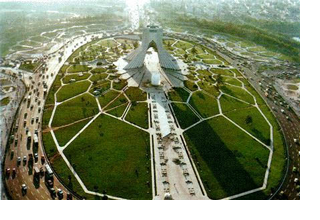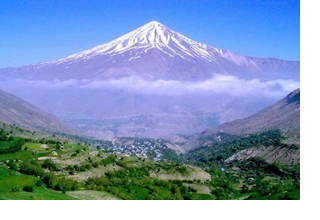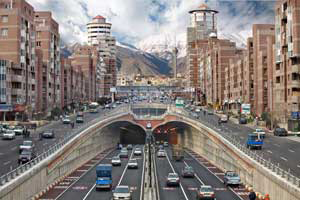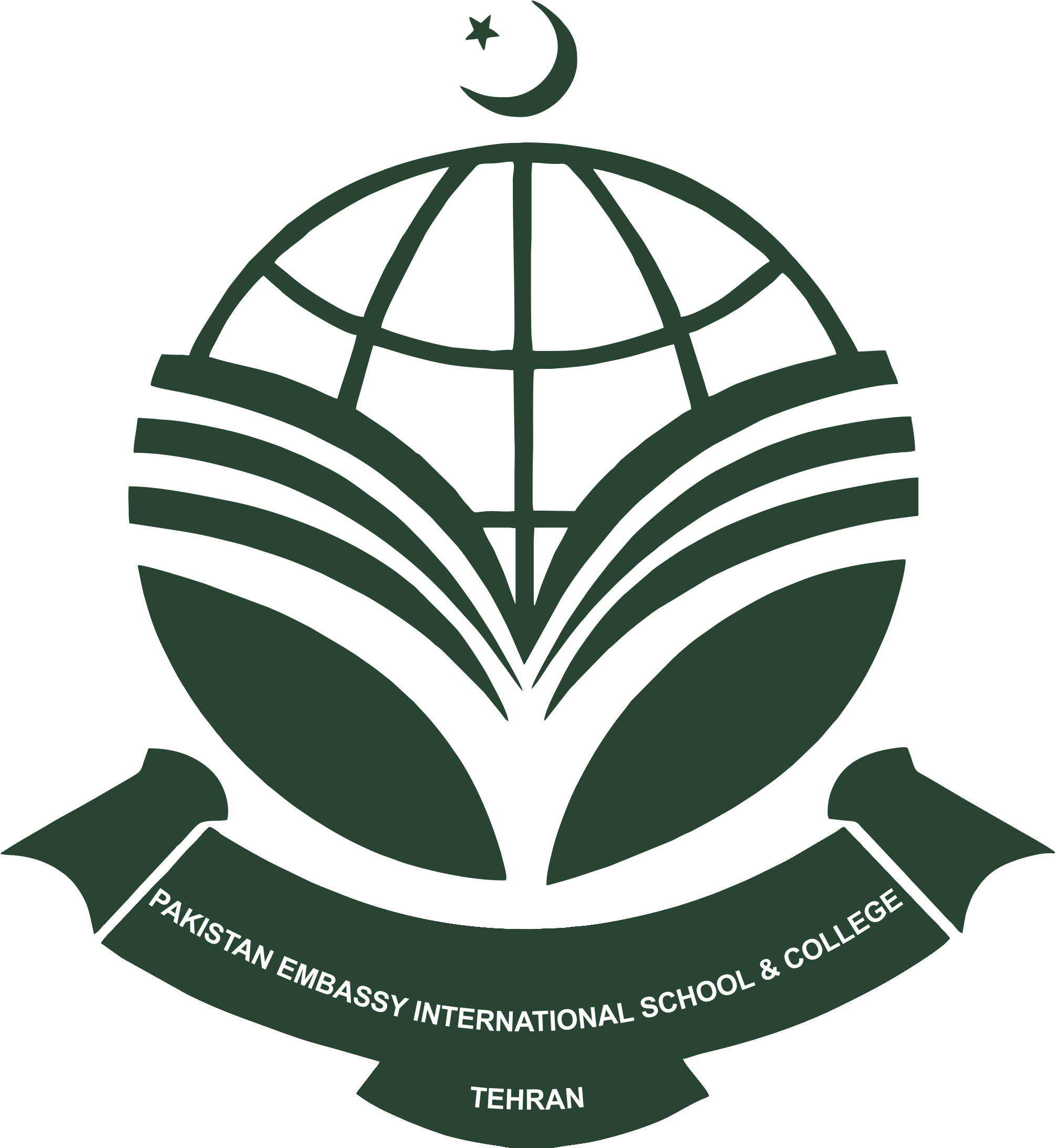![]() About Tehran
About Tehran
Iran, officially the Islamic Republic of Iran, is a country in Western Asia and Southern Asia. Iran is home to one of the world's oldest civilizations. The first dynasty in Iran formed during the Elamite kingdom in 2800 BC. The name "Iran", which in Persian means "Land of the Aryans", has been in use natively since the Sassanian era. It came into use internationally in 1935, before which the country was known to the Western world as Persia. Both "Persia" and "Iran" are used interchangeably in cultural contexts; however, "Iran" is the name used officially in political contexts.

The 18th-largest country in the world in terms of area at 1,648,195 km2 (636,372 sq mi), Iran has a population of around 75 million. It is a country of particular geopolitical significance owing to its location in three spheres of Asia (West, Central, and South).
Iran is bordered on the north by Armenia, Azerbaijan and Turkmenistan. Tehran is the capital, the country's largest city and the political, cultural, commercial and industrial center of the nation. Iran is a regional power, and holds an important position in international energy security and world economy as a result of its large reserves of petroleum and natural gas. Iran has the second largest proven natural gas reserves in the world and the fourth largest proven petroleum reserves.
Contemporary Tehran is a modern city featuring many structures, of which the Azadi (Freedom) Tower and the Milad Tower have come to be symbols of Tehran itself. In 2008 Tehran was the least expensive capital in the world and the second-least expensive city globally based on the cost-of-living index presenting the best value for money in the world.

Climate
Tehran features a semi-arid, continental climate. Tehran's climate is largely defined by its geographic location, with the towering Alborz Mountains to its north and the central desert to the south. It can be generally described as mild in the spring and autumn, hot and dry in the summer, and cold in the winter.
As a large city with significant differences in elevation among various districts, the weather is often cooler in the hilly north as compared to the flat southern part of Tehran.
Summer is usually hot and dry with very little rain, but relative humidity is generally low and the nights are cool. The majority of the light annual precipitation occurs from late-autumn to mid-spring, but no one month is particularly wet. The hottest month is July (mean minimum temperature 26°C, mean maximum temperature 36°C) and the coldest is January (mean minimum temperature −1°C, mean maximum temperature 8°C).

Tourism and attractions
Tehran, as Iran's showcase and capital city, has a wealth of cultural attractions. The Peacock Throne of the Persian Kings (Shahs) can be found in Tehran's Golestan Palace.
Some of the well-known museums are National Museum of Iran, Sa'dabad Palaces Complex, Glassware and Ceramics Museum of Iran, the Carpet Museum of Iran, Tehran's Underglass painting Museum, Niavaran Palace Complex, and Safir Office Machines Museum. Tehran is also home to the Iranian Imperial Crown Jewels, also called the Imperial Crown Jewels of Persia, it is claimed to be the largest, most dazzling and valuable jewel collection in the world.


